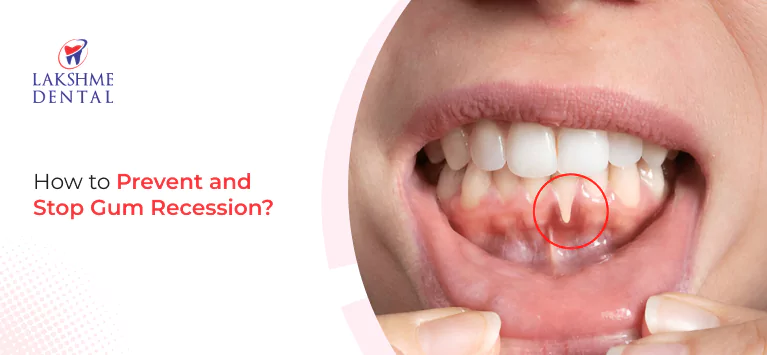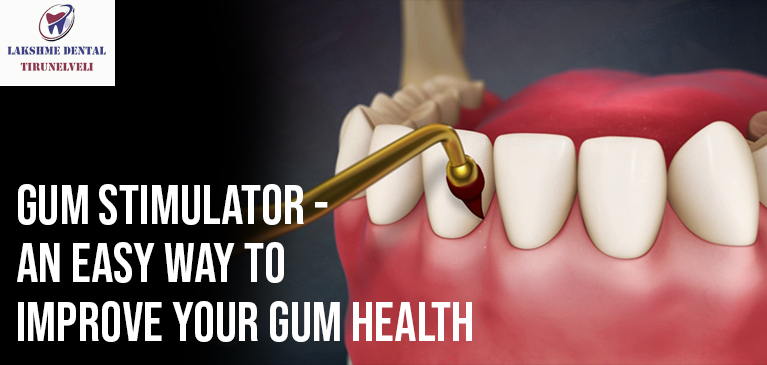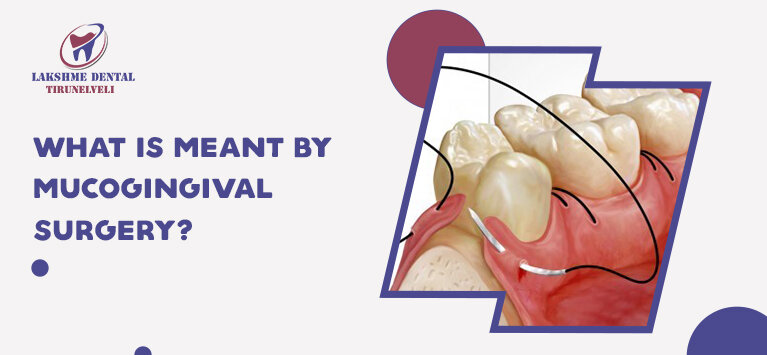Soft Tissue Graft – the Surgical Procedure to Fix Gum Recession
Soft tissue graft is a minor surgical procedure required to address tooth-root exposure. It is because when the gum tissues deteriorate, followed by gum recession, making the tooth parts underneath the gums visible. Disclosing such unseen portions like root turns a tooth into a haven for bacteria.
Hence periodontists recommend this surgical approach for permanent tooth root coverage.
Besides averting the disastrous effects of receding gums, Gingival graft (soft tissue graft) is performed for cosmetic purposes for those who want to re-establish their gum line. Even though it sounds scary, it is a straightforward procedure and is not linked to any side effects. Keep reading to know more about this.
What is involved in the soft tissue graft procedure?
The soft tissue graft procedure is typically performed under local anesthesia. It begins with a deep cleaning above and below the gum lines. This is because the surgeons must ensure the recipient site in the gums is clean and disinfected.
Later, a small incision is made near the recessed area. The incision makes a pocket where donor tissue is placed. Generally, dentists prefer tissues taken from your body (palette in most cases), whereas commercially available solutions are utilized for some patients.
The donor tissue is then placed between the incised sections. Likely, dentists keep proteins and platelet-rich growth factors in the pocket for faster tissue growth. Then, the treated region is sutured.
Depending on the tissue source, the grafts are classified into different types.
What are the different types of soft tissue grafts?
Dental surgeons use 4 different types of grafts to treat gingival recession as follows:
- Connective tissue grafts – This is the widely performed gum grafting procedure. It involves taking subepithelial connective tissue from the roof of the mouth to place in the receded area of the gums.
- Free Gingival grafts – Like connective tissue grafts, the free gingival grafts are also taken from the palate region. However, it involves taking healthy tissues from the top palate, whereas the connective tissue grafts are taken under the flap. Free gingival grafts are prescribed to treat recession for thin gum tissue patients.
- Pedicle Grafts – The pedicle grafts are healthy tissues taken in the region between the affected site and adjacent gum. To be precise, it involves cutting a gum flap near the grafting area to cover the tooth’s exposed parts.
- Tissue from a box – Periodontists and dental surgeons prefer commercially available grafts for people who do not have healthy mouths. It involves the healthy tissues taken from other persons (donors) or animals. Such donor grafts are sterilized and processed before placing in the grafting site.
What are the benefits of the soft tissue graft procedure?
Aside from covering a tooth root, tooth coverage made with gingival grafts has various advantages. Here are a few:
- Protect the tooth from bacterial invasions
- Progression of infection in gum can also be addressed
- Reduce the risk of cavities
- The gum tissues are protected, creating a suitable environment for procedures like dental implants.
- Smile aesthetics is revoked
Bottom line
In general, gums cover a tooth’s root portion. The root portion is revealed when gums start to recede due to harsh brushing, bacterial invasion, or other reasons. If this problem is not addressed promptly, it will endanger the health of the gums and teeth. Soft tissue graft is the best way to avert such consequences.
It is not a complicated surgical procedure, as many people think. In most cases, it takes just one dental appointment to finish, while the patient should abide by the instructions recommended by the surgeons to enjoy its benefits.





